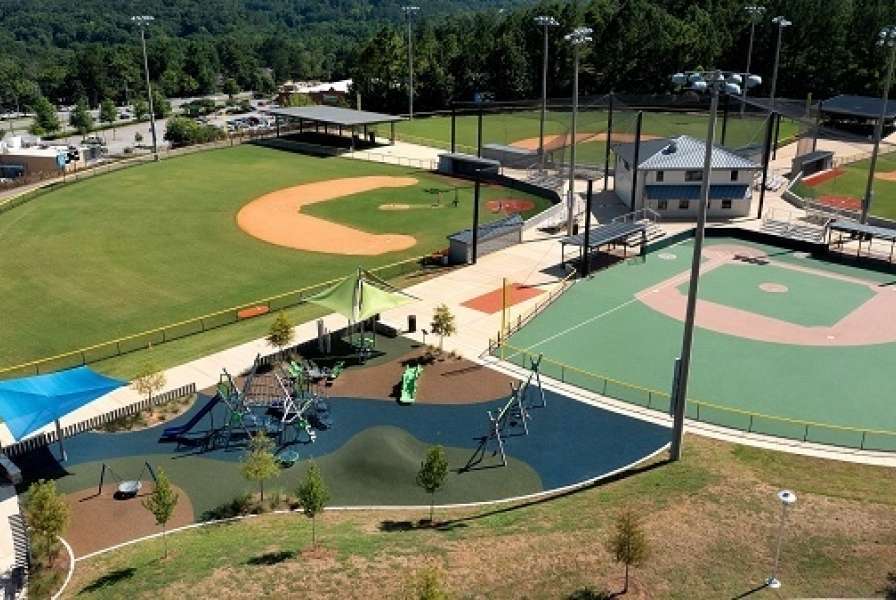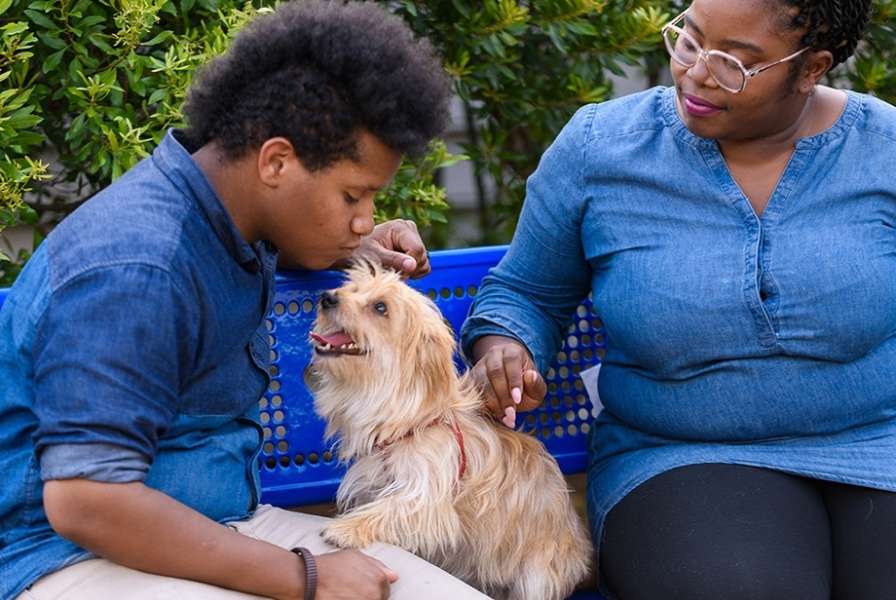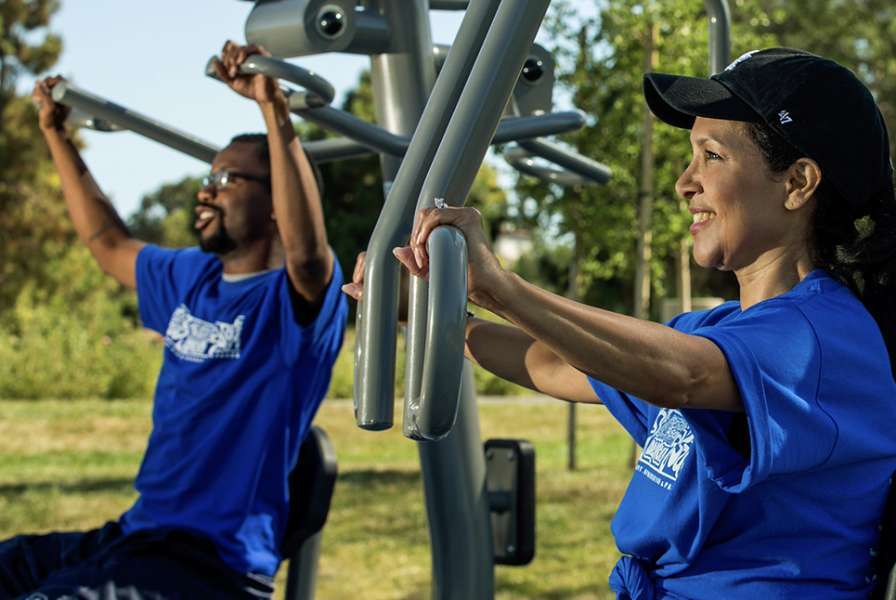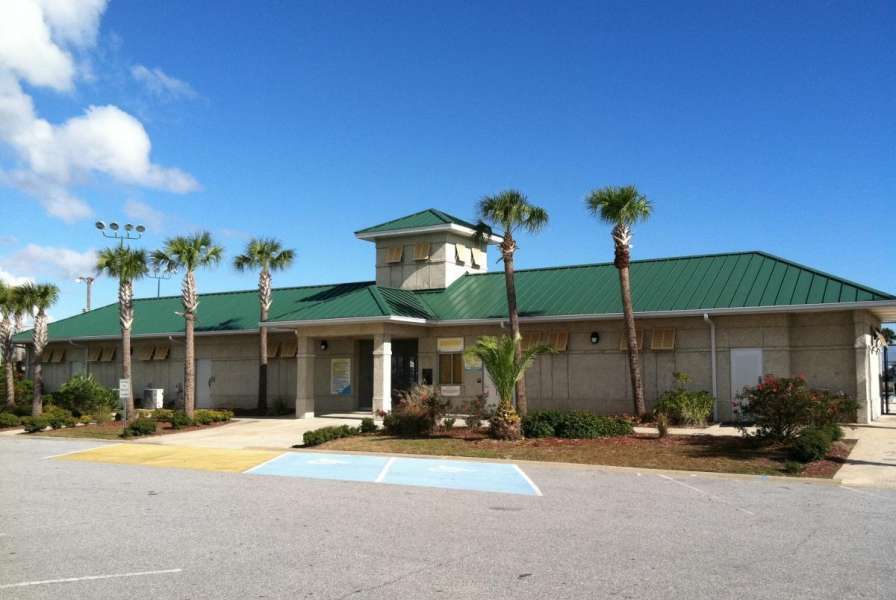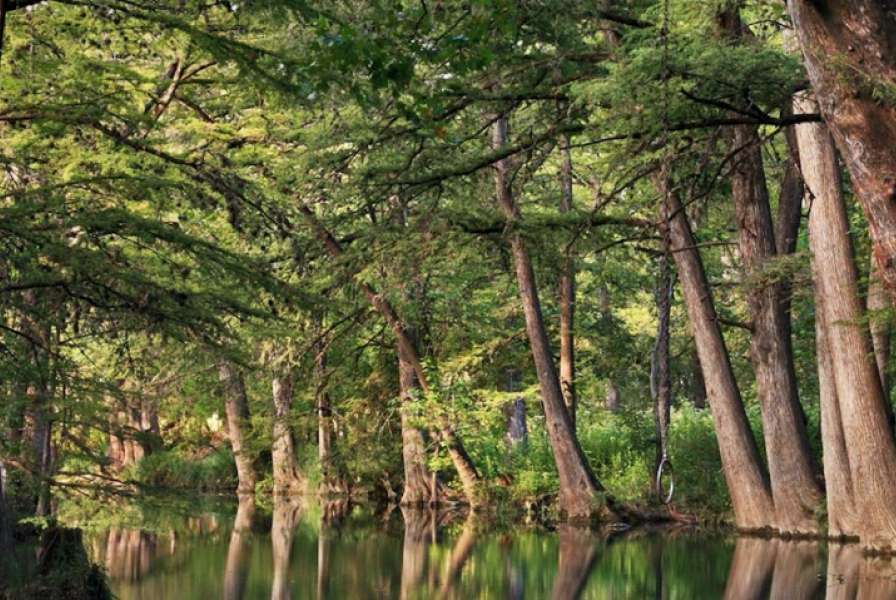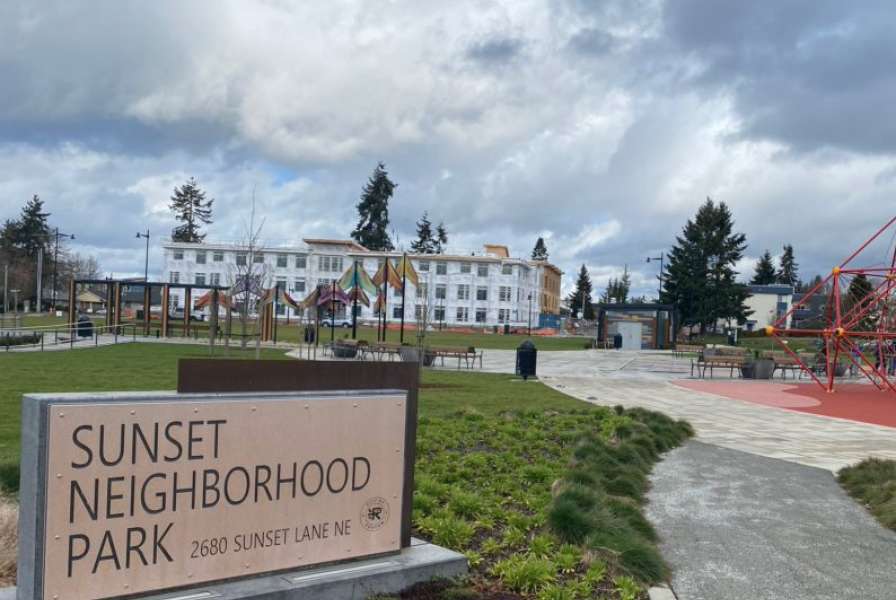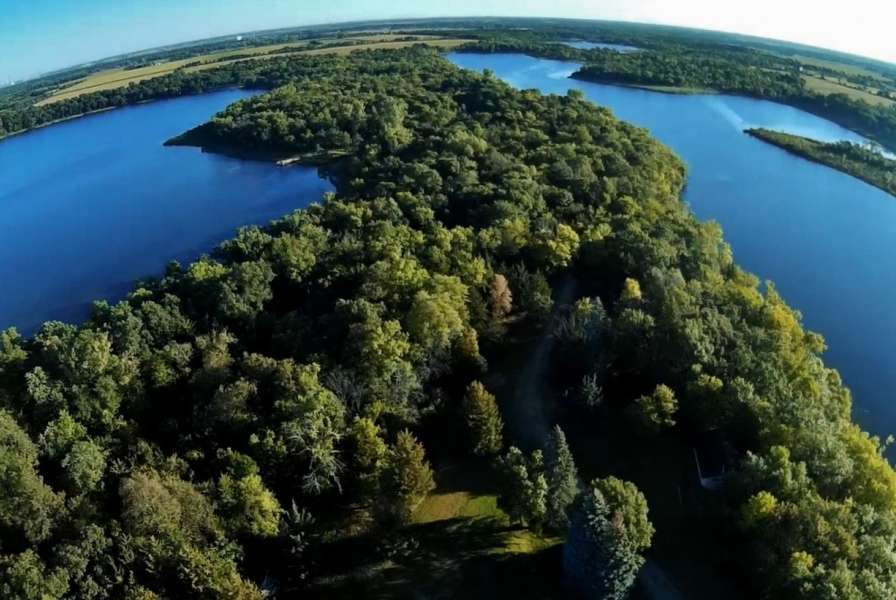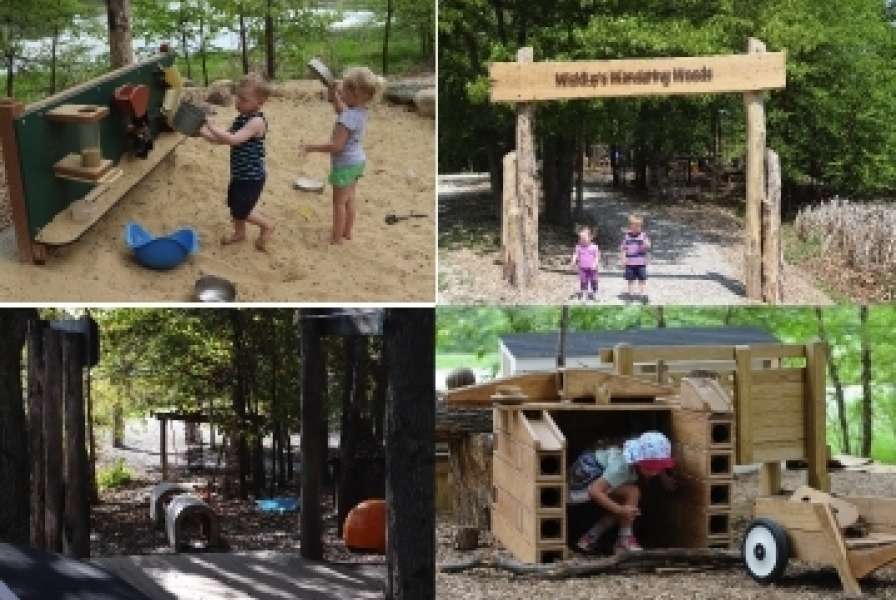This article is meant to be a general and simple tool to help parks identify areas of need when applying for LWCF funding. It is not a substitute for professional experience and is not intended to supersede applicable codes and regulations. We encourages partnerships between park staff, landscape architects, operations and maintenance staff, data researchers, and the public to identify a clear scope, common goals, open communication, and a commitment to quality environments that benefit the most people to the greatest extent.
The first step in deciding where funds will be best used is to determine what you currently have and where inequities exist. Steps to take in this phase of the planning process should include:
- an inventory and assessment of the community’s existing facilities
- a demographic trends analysis
- in-person site evaluations, public interviews, small group discussions, and online surveys to get insight into resident’s needs, usage patterns, and preferences.
- Analysis of community vitality data These steps can help to evaluate the park system’s existing conditions and identify community needs and preferences as they relate to the system
Inventory of and assessment of existing facilities
Use the Park Inventory Tool (linked below) to inventory all amenities and their present condition in every park, using a separate printed tool for each park, then compare results. Is each amenity in good, fair or poor condition? For each amenity, what is the priority for upgrade, repair, replacement on a scale of 1-5, 1 being highest priority?
For each amenity that ranks poorly, detail on a separate sheet what is needed on a separate sheet to help determine the budget required. (See sample at the end of this document.) The tool can help identify inequitable situations across the entire park system and prioritize areas to increase service.
Demographic Trends Analysis/Interviews
Demographics and demographic changes can help identify where population centers are, so you can align them to parks in the area. Does park size/amenities serve the needs of the people living within a 10 minute walk?
The people that live within a 10-minute walk are the best advocates for their local park. They understand the value and needs of the neighborhood. They know when and how it is most commonly used-is it dog-walking in the morning, or soccer in the afternoon? Is there a senior walking group that would appreciate outdoor fitness equipment? They can also help identify maintenance items like broken playground equipment or needed improvements like trash receptacles. Utilize your Inventory Tool when speaking with local residents to help gather feedback on priorities within identified upgrades and repairs.
Identify Priorities
Once you have gathered current inventory state and validated data with resident’s needs and priorities to support actionable strategies, you should have a pretty good idea of where to target LWCF funding. Be sure to compare your ask to your state’s State Comprehensive Outdoor Recreation Plan to be sure it aligns with the themes and priorities outlined in the document. This is a critical step as all projects funded by LWCF must align to the SCORP.
Sample Inventory Tool Support Sheet. See article Index to download the Inventory Tool
Examples of how to further document condition of Amenities:
Baseball Field
- Add new scoreboard
- Add minor storm drainage and drainage swales
- Replace perimeter fencing/backstop
- Replace bleacher system
- Improve accessible walks and ramps
Tennis Courts
- Replace existing tennis courts
- Undercut, remove and replace court subgrade
- Replace perimeter fencing
- Replace existing sports lighting
- Improve storm drainage and water quality
Restroom Buildings
- Replace existing restroom building at ballfields with ADA compliant facility
- Construct a new restroom building in close proximity to tennis courts
5-12 Play Area
- Replace playground surfacing with a poured in place surfacing
- Improve accessible route to restroom building
- Add a drinking fountain and shaded seating near play area
Dog Park
- Provide pet friendly water fountain
- Increase height of fence for large dog area
- Increase size of area between large and small dog area for better flow
Pool area
- Remove existing wading pool
- Install new splash pad
